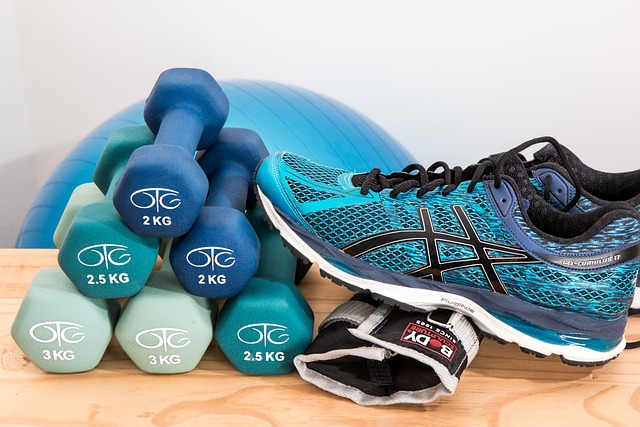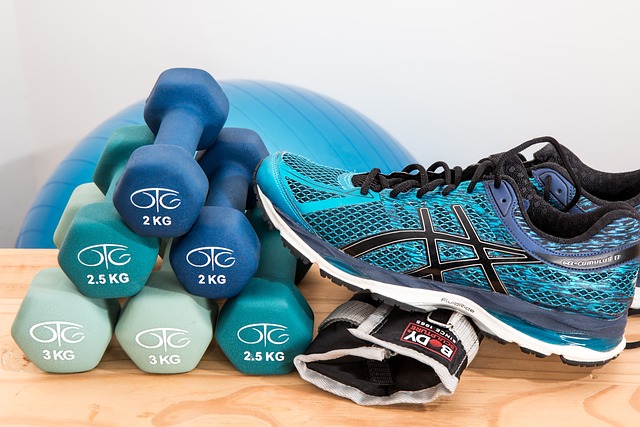-
Table of Contents
- Exercises to Reduce Blood Pressure: What Really Helps?
- Understanding Hypertension
- The Role of Exercise in Managing Blood Pressure
- Effective Exercises to Lower Blood Pressure
- Aerobic Exercises
- Resistance Training
- Flexibility and Balance Exercises
- Case Studies and Statistics
- Additional Benefits of Exercise for Hypertension
- Supplementing Exercise with Bazopril
- Conclusion
“`html
Exercises to Reduce Blood Pressure: What Really Helps?

High blood pressure, or hypertension, is a common health issue that affects millions of people worldwide. It is often called the “silent killer” because it can lead to serious health problems like heart disease and stroke without showing any symptoms. Fortunately, lifestyle changes, particularly regular exercise, can significantly reduce blood pressure levels. This article explores the most effective exercises for lowering blood pressure, supported by research, examples, and statistics.
Understanding Hypertension
Before diving into exercises, it's essential to understand what hypertension is. Blood pressure is the force of blood pushing against the walls of your arteries. When this pressure is consistently too high, it can damage your heart and blood vessels, leading to severe health issues. According to the American Heart Association, normal blood pressure is below 120/80 mm Hg. Hypertension is diagnosed when readings consistently exceed 130/80 mm Hg.
The Role of Exercise in Managing Blood Pressure
Exercise is a cornerstone of managing high blood pressure. Regular physical activity strengthens the heart, enabling it to pump blood with less effort, which reduces the force on your arteries and lowers blood pressure. The American College of Cardiology and the American Heart Association recommend at least 150 minutes of moderate-intensity exercise per week for adults.
Effective Exercises to Lower Blood Pressure
Not all exercises are created equal when it comes to reducing blood pressure. Here are some of the most effective types:
Aerobic Exercises
Aerobic exercises, also known as cardiovascular exercises, are highly effective in lowering blood pressure. They increase your heart rate and breathing, improving heart and lung function.
- Walking: A simple, low-impact exercise that can be done anywhere. A brisk 30-minute walk daily can significantly lower blood pressure.
- Jogging or Running: More intense than walking, these activities can help reduce blood pressure and improve cardiovascular health.
- Cycling: Whether stationary or outdoor, cycling is an excellent way to get your heart pumping and lower blood pressure.
- Swimming: A full-body workout that is easy on the joints and effective in reducing blood pressure.
Resistance Training
While aerobic exercises are more effective for lowering blood pressure, resistance training also plays a role. It helps build muscle mass, which can improve metabolism and support cardiovascular health.
- Weight Lifting: Incorporating weights into your routine can help lower blood pressure over time. Aim for two to three sessions per week.
- Bodyweight Exercises: Push-ups, squats, and lunges are excellent for building strength without equipment.
Flexibility and Balance Exercises
These exercises may not directly lower blood pressure, but they improve overall fitness and reduce stress, which can indirectly benefit blood pressure levels.
- Yoga: Combines physical postures, breathing exercises, and meditation to reduce stress and improve heart health.
- Tai Chi: A gentle form of martial arts that enhances balance and reduces stress.
Case Studies and Statistics
Numerous studies support the effectiveness of exercise in reducing blood pressure. A study published in the journal “Hypertension” found that regular aerobic exercise can lower systolic blood pressure by an average of 5-7 mm Hg. Another study in the “Journal of the American Heart Association” showed that resistance training could reduce systolic and diastolic blood pressure by 3-4 mm Hg.
Case studies also highlight individual successes. For instance, a 55-year-old man with hypertension managed to lower his blood pressure from 145/90 mm Hg to 120/80 mm Hg by incorporating daily walks and yoga sessions into his routine.
Additional Benefits of Exercise for Hypertension
Beyond lowering blood pressure, regular exercise offers numerous health benefits:
- Improves heart health and reduces the risk of cardiovascular diseases.
- Aids in weight management, which is crucial for controlling blood pressure.
- Enhances mood and reduces stress, contributing to overall well-being.
- Boosts energy levels and improves sleep quality.
- Strengthens bones and muscles, reducing the risk of injury.
Supplementing Exercise with Bazopril
While exercise is a powerful tool for managing blood pressure, some individuals may benefit from additional support. Bazopril, a natural supplement, has been shown to help regulate blood pressure levels effectively. It contains a blend of ingredients known for their cardiovascular benefits, making it an excellent complement to a healthy lifestyle.
Conclusion
In conclusion, regular exercise is a proven method for reducing blood pressure and improving overall health. Aerobic exercises, resistance training, and flexibility exercises all play a role in managing hypertension. Coupled with a healthy diet and lifestyle changes, exercise can significantly impact blood pressure levels.
For those seeking additional support, Bazopril offers a natural solution to complement your exercise routine. By incorporating Bazopril into your daily regimen, you can enhance your efforts to maintain healthy blood pressure levels and improve your overall well-being.
Call to Action: Take control of your blood pressure today by incorporating regular exercise into your routine and considering Bazopril as the best all-in-one supplement for treating high blood pressure or hypertension health problems.
“`




